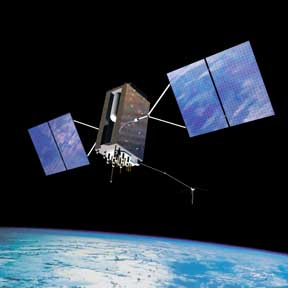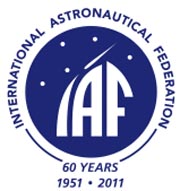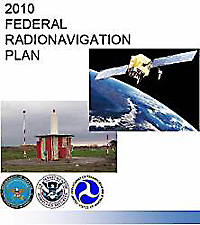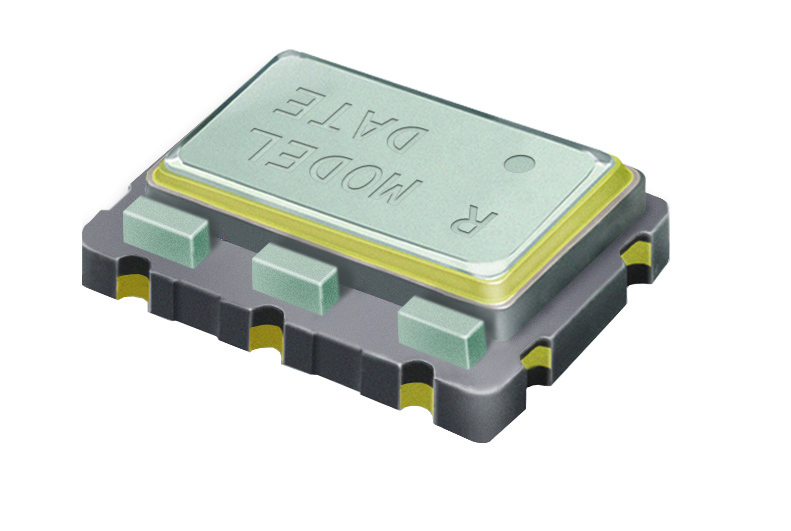FCC’s Stance on GPS/LightSquared Drawing More Heat; Tests Show Interference
 Tony Russo, Director, National Space-Based PNT Coordination Office
Tony Russo, Director, National Space-Based PNT Coordination OfficePressure is mounting on the Federal Communications Commission (FCC) and proponents of LightSquared’s plan to operate high-powered ground transmitters in spectrum adjacent to GPS L1.
By Inside GNSS
















